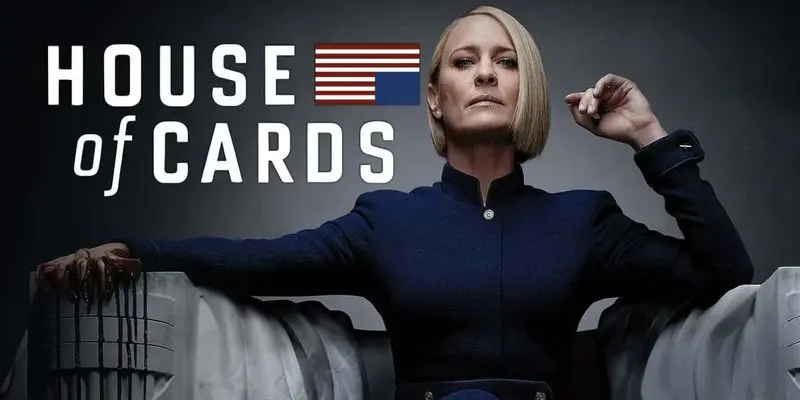
On July 4, 1776, the Second Congressional Congress adopted and began signing the United States Declaration of Independence. The Declaration of Independence was the foundation text of the United republics of America. as we know it today. Outlining how the 13 united colonies of America saw themselves as independent sovereign republics free of British colonial domination.
By the time the Declaration written, America and Britain had been at war for well over a year, and tensions between the two countries had been increasing for much longer. While the Declaration of Independence did not officially end the Revolutionary War, it was a watershed moment for many on both sides of the Atlantic.
With the signing of the Declaration of Independence announces the birth of a new nation in America, the consequences felt for years to come in Britain.
3 Ways the Declaration Of Independence changed the British History
Ireland Didn’t War
Contrary to the American colonies, Ireland did not stage a full-scale rebellion against British rule during the American Revolution. However, the relationship between Ireland and America during this time was far from indifferent. Ireland, having experienced its shares rule by the British Monarchy, saw America as a sympathetic ally in the fight against tyranny.
Britain, concerned that the success of the American Revolution might fuel rebellion in Ireland, took measures to improve relations . They made concessions, allowing more individuals to run for public office and granting Ireland legislative independence by repealing the Declaratory Act, which gave Westminster control over Irish lawmaking. Additionally, trade laws relaxed, enabling direct trade between Ireland and British colonies, particularly benefiting the wool export industry.
Although whispers of rebellion persisted, this softer approach helped maintain Ireland’s status as part of the British Empire. It would be over a century later, during the Irish War of Independence, that Ireland would eventually seek complete independence.
Second British Empire
While the aftershocks of America’s Declaration still being felt, British colonialism did not completely destroyed. Britain maintained power across the Atlantic, with possessions in Canada and the Caribbean, as well as control of British colonies in Africa and India.
Colonies established in Singapore, Hong Kong, Trinidad, and Ceylon (Sri Lanka), as Britain’s global dominion grew. Even without the American territories, the second British Empire was the world’s largest empire at its height in 1919.
The British Empire included almost 23% of the world’s population and over a quarter of the world’s landmass. The sun could never set on the empire since it was always noon in at least one of the overseas regions.
Establishment Of Australia
In addition to deciding to focus on its surviving colonies, Britain now faced a new problem: what to do with all of its offenders. Almost since the first British settlement on American land in the 1600s, Britain has been sending its offenders and prisoners off to the American colonies as a kind of punishment (and a method of eradicating the issue). With the expense of keeping jails and feeding criminals being prohibitively expensive for The Crown, shipping them off to construct new colonies overseas saved money and increased population for the expanding provinces.
With the loss of the 13 colonies in America, Britain was scrambling for an alternative option, which they found quickly. In May 1787, the first fleet of convicts arrived in Botany Bay, Australia, and began the process of establishing a new nation.
Also Read: US Supreme Court Rules against the use of Affirmative Action













